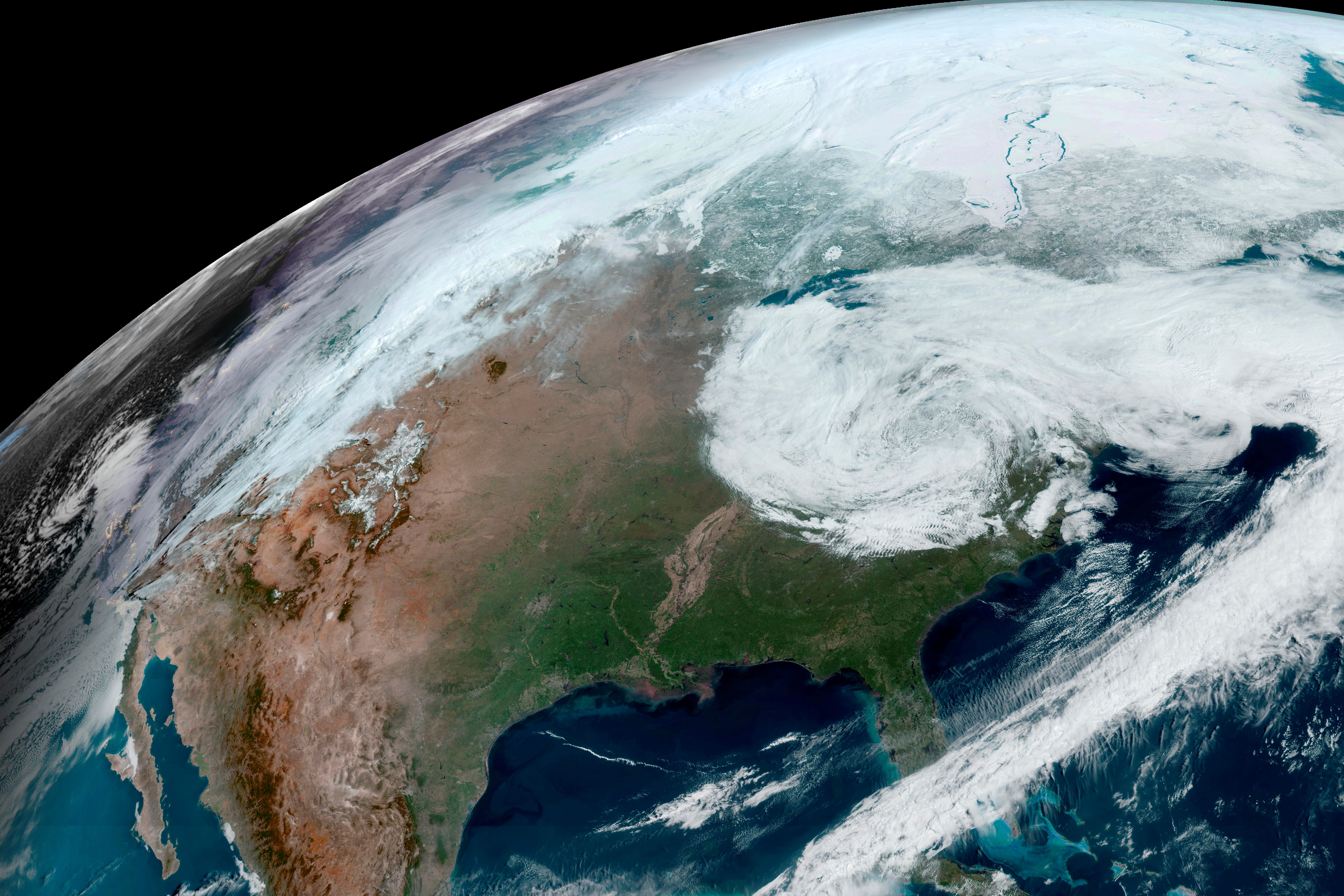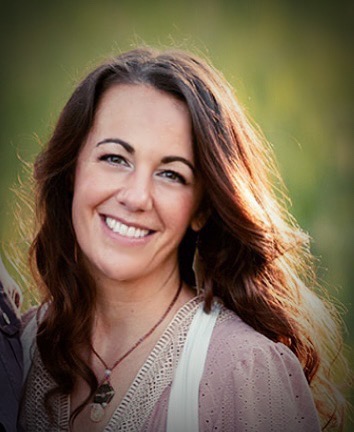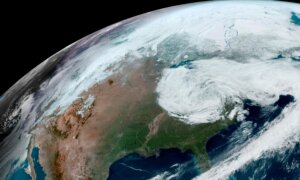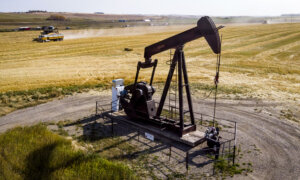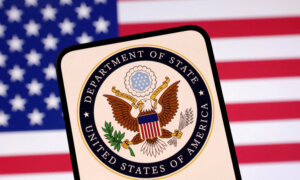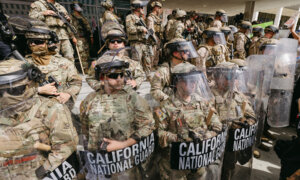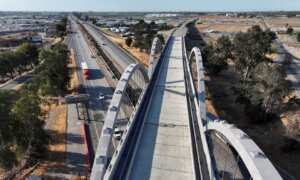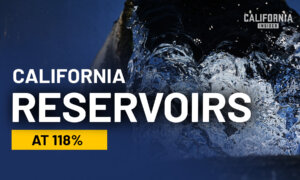Atmospheric scientists began spraying sea salt aerosol into the atmosphere from Alameda, California, on April 3. The scientists are with the University of Washington’s Marine Cloud Brightening (MCB) Program, an international initiative.
MCB lead scientists Robert Wood and Sarah Doherty, both from the University’s Department of Atmospheric Sciences, say their experiment is being conducted to investigate whether brighter clouds can reduce global warming by increasing the reflection of solar radiation.
“Atmospheric particles, also called aerosols, can have a strong effect on sunlight reflection by clouds,” said Ms. Doherty in an April 2 statement.
“As humans make changes to aerosol emissions, we need a stronger scientific understanding of these effects in order to better understand the potential risks and benefits, and to limit unintended effects.”
The experiment was kept quiet until testing began, ostensibly to avoid public pushback.
“There’s now strong evidence that reductions in ship emissions starting in 2020 contributed in part to the anomalously warm waters recently observed in the North Atlantic Ocean,” said Mr. Wood.
“This really speaks to the remarkably strong influence these tiny particles in the atmosphere can exert on clouds and the absorption of sunlight by the Earth.”
The experiment was said to be in full compliance with current regulations and is projected to run through the end of May aboard the USS Hornet, a decommissioned and now museum aircraft carrier in Alameda, California.
Shuchi Talati, the executive director of the Alliance for Just Deliberation on Solar Geoengineering, stated on X that, “There are countless questions and uncertainties in SRM,” referring to solar radiation modification.
“Since this experiment was kept under wraps until the test started, we are eager to see how public engagement is being planned and who will be involved,” Ms. Tallati stated.
“While it complies with all current regulatory requirements, there is a clear need to re-examine what a strong regulatory framework must look like in a world where SRM experimentation is happening.”
Ian Clark, emeritus professor for the Department of Earth and Environmental Sciences at the University of Ottawa, is also concerned about the “full compliance with current regulations.”
“The danger is that they are conducting atmospheric experiments within current regulations, which suggests that current regulations are rather weak,” he told The Epoch Times.
“What restrictions are there on future experiments pumping aerosols into the stratosphere where they can hang around much longer and perhaps have greater impacts on climate and even ozone?”
First, but Not the Last
According to a report released on March 20 by the National Oceanic and Atmospheric Administration (NOAA), marine cloud brightening is “one of two primary solar radiation modification methods being proposed to offset the worst effects of global warming while decarbonization advances.”
Efforts such as the MCB project are known as “geoengineering,” which the Oxford Geoengineering Programme defines as “the deliberate large-scale intervention in the Earth’s natural systems to counteract climate change.”
Geoengineering was previously relegated to the fringes of science, but it’s becoming more mainstream in conjunction with more alarming messaging over increasing temperatures.
Still, NOAA admits that policymakers need more information about MCB to safely and effectively deploy it on a larger scale.
The experiment in Alameda hopes to provide some of that missing information.
According to their study description, researchers involved with the MCB experiment—a first-of-its-kind test to increase cloud cover—plan to spray trillions of microscopic sea salt particles into the troposphere using specially built sprayers and observe how stratocumulus clouds react.
“Better quantifying stratocumulus cloud responses to the addition of aerosols under different meteorological and background aerosol conditions will help reduce uncertainties in present-day ACI [aerosol-cloud interactions] climate forcing, and therefore the rate of planetary warming due to increasing greenhouse gases alone, as well as being critical to determining whether MCB could feasibly be used as a way to predictably and reliably slow climate warming,” researchers stated.
As for an impetus behind their experiment, researchers point out that before reducing their emissions, cargo ships released aerosols into the atmosphere, which increased cloud albedo (the amount of light reflected back to space), which cooled the area under the clouds. Once those emissions stopped, the oceans seemingly warmed.
“While ship tracks provide a convenient ‘natural experiment’ demonstrating how low marine clouds respond to aerosol injections, relying on such observations of opportunity makes planning the sampling of specific cloud and aerosol regimes difficult. The aerosol particles driving the cloud changes are also from poorly characterized and variable sources. This limits the ability to build statistics on cloud responses under given cloud, meteorological and/or background aerosol conditions,” they report.
In addition to researchers from the MCB program, the effort involves SilverLining, a nongovernmental organization (NGO) that, among other initiatives, promotes “rapid, aggressive reductions in greenhouse gas emissions.”
“The world needs to rapidly advance its understanding of the effects of aerosol particles on climate,” said Kelly Wanser, executive director of SilverLining, in a press release about the MCB experiment.
“Ranked the top institution for atmospheric science in the world, and with a deep commitment to open science and a culture of humility, the University of Washington has developed an approach that integrates science with societal engagement, and can help society in essential steps toward advancing science, developing regulations, promoting equitable and effective decision-making, and building shared understanding in these areas.”
The spraying aboard the USS Hornet is the first phase of the MCB experiment.
“The goal of the MCB Program is to understand whether it might even be possible to predictably and reliably brighten low marine clouds, and if so, how doing this in different regions of the globe would affect temperatures, precipitation and climate both globally and locally—as well as any other possible side effects,” said Ms. Doherty in a University of Washington press release.
“As atmospheric scientists, we think it’s critically important that society has the answers to these questions before making any decisions about whether or not to actually use marine cloud brightening in an effort to reduce climate risks.”
The Dangers of Geoengineering
One of Mr. Clark’s primary areas of research is paleoclimatology—the study of climate conditions using indirect records such as tree ring data, ice cores, and other proxy records—and in particular, Arctic paleohydrogeology, which is the study of the Earth’s water throughout history.
He said that spraying sea salt into the troposphere is less threatening than other current efforts to cool the planet, but the lack of more robust regulations is concerning.
“The marine cloud brightening experiment, in my view, is perhaps one of the more environmentally benign geoengineering experiments, as it seems that they are working within the troposphere (where weather occurs) rather than the stratosphere (where ozone breaks down) and they are working with salt, which will fall back to the oceans with no environmental impact.
“That this is unregulated and done in secrecy will clearly raise controversy,” he said.
Indeed, in part due to lax regulations, companies like Make Sunsets have been allowed to deploy balloons full of sulfur dioxide (SO2) into the stratosphere, creating reflective, high-altitude clouds, which they claim are helping cool the planet.
“Emissions from volcanic eruptions have been cooling the Earth for millions of years, like Mt. Pinatubo in 1991. We are simply mimicking Mother Nature. ... In 1991, Mt. Pinatubo, a stratovolcano, cooled the Earth by 0.9F or 0.5C for over a year,” it states on its website.
So far, the group has released 49 balloons since April 2022 and claims that it has “neutralized 13,791 ton-years of warming.” It says its “clouds” of sulfur stay in the sky for six months to three years, “depending on the altitude and latitude at which we release them,” and that what they’re doing is entirely legal.
“We’ve been in contact with multiple U.S. government agencies (FBI, FAA, an [sic] NOAA). They are aware of our business and activities,” their FAQ page states.
As for the bigger picture of geoengineering, which includes many different ideas, Mr. Clark said, “It’s something that should be relegated to the fantasy realm and science fiction” and “is a very scary prospect.”
He’s not alone in his concern.
In 2020, a group of Massachusetts Institute of Technology scientists reported that releasing reflective aerosols into the stratosphere “could have other long-lasting effects on the climate.”
“Solar geoengineering would significantly change extratropical storm tracks—the zones in the middle and high latitudes where storms form year-round and are steered by the jet stream across the oceans and land,” their report reads.
“Our results show that solar geoengineering will not simply reverse climate change. Instead, it has the potential itself to induce novel changes in climate.”
In its paper, NOAA admits there are risks and potential unintended consequences, even with MCB.
“To the extent that we can identify optimal brightening conditions, a targeted approach to MCB, rather than routine spraying under all conditions, might have a higher probability of success,” Graham Feingold, a researcher with NOAA’s Chemical Sciences Laboratory, said.
“It might also reduce the risk of regional circulation responses that change temperature and rainfall in ways that benefit some and leave others vulnerable.”
When asked about the potential risks involved with MCB and possible benefits that could outweigh those risks, neither SilverLining nor Ms. Doherty with the MCB Program responded to The Epoch Times.
